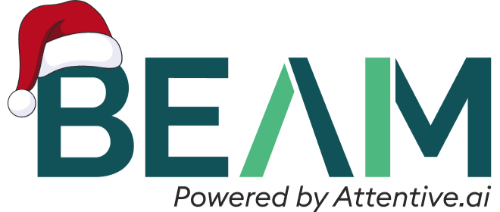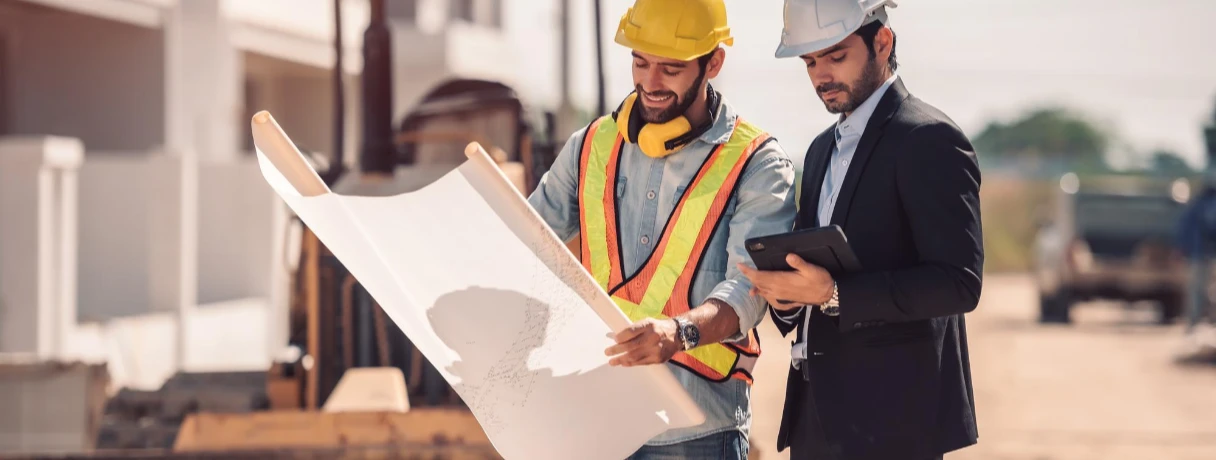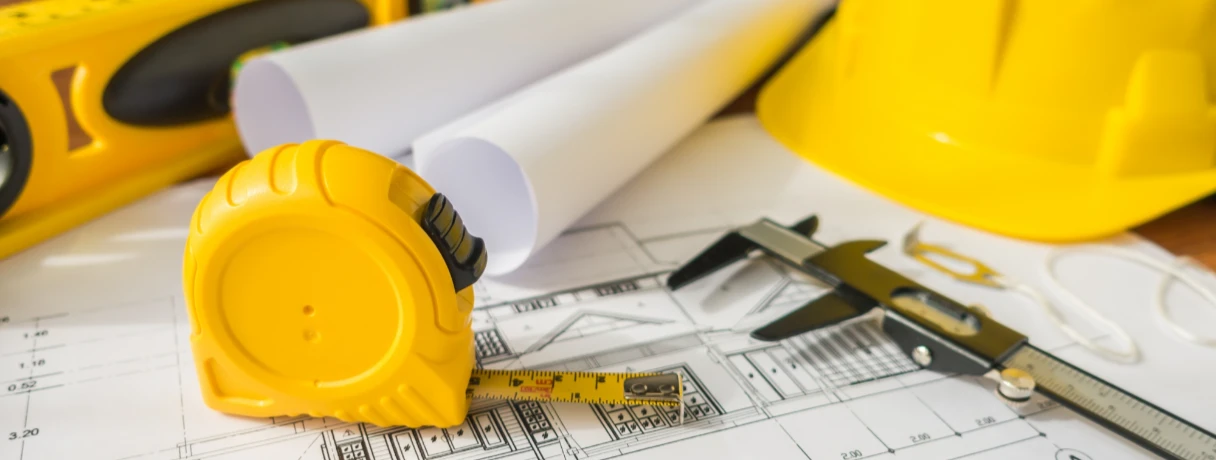Estimating equipment costs wrong can crush your margins before a project even begins.
One minute, you’re double-checking fuel consumption on a rented dozer. Next, you’re chasing updated rental rates from three suppliers, while the project deadline looms. Miss one detail, and your margins disappear.
If you’re in preconstruction or part of an estimating team, estimating your equipment cost accurately is a no-brainer. Because when you get it right, you don’t just win bids. You win profitable bids.
In this guide, we’ll cover how to estimate equipment costs more accurately and show how AI-powered takeoff software like Beam AI helps you cut errors and speed up your workflow.
What goes into estimating equipment costs?
Estimating construction equipment costs involves calculating the total cost of ownership (TCO) and operating expenses, including the purchase price or lease fees, financing, insurance, taxes, fuel, maintenance, repairs, and operator wages. Factors like the type of equipment, jobsite conditions, required utilization rate, transportation, and project duration also influence the final cost.
Here’s a breakdown of the key components that drive estimating equipment costs:

1. Buy or Rent?
Owned equipment requires you to account for:
- Depreciation
- Insurance
- Storage
- Taxes
- Resale value or trade-in potential (improves lifecycle budgeting)
Rented equipment? Watch for:
- Daily/hourly rates
- Fuel surcharges
- Minimum time blocks
- Delivery and pickup fees
For example, renting an excavator may cost $400/day, but owning involves insurance, taxes, and depreciation, potentially cheaper long-term, depending on your quantified usage.
2. Time on Site
Estimate by project timeline. Factor in:
- Bad weather
- Jobsite conditions
- Downtime
Being realistic avoids underbidding.
3. Operational Costs
The real cost of using equipment includes:
- Fuel consumption
- Operator wages
- Routine Maintenance
- Unexpected Breakdown
Operational costs scale directly with quantities from your takeoffs. For instance, more earthwork volume equals more fuel, operator hours, and maintenance.
4. Transportation
Hauling costs can sneak up on you, especially for larger machines. Always account for loading, unloading, delivery fees, and special permits.
Include transport for each piece of equipment identified by your takeoffs, especially large or heavy machinery.
5. Idle Time = Wasted Spend
Every minute your equipment isn’t working is still costing you money. Even worse if you’re renting.
Use the Right Tools: Estimating Equipment Costs with Confidence
Outdated contractor estimating software or manual methods just don’t cut it anymore. If your process still involves dragging a mouse across drawings or printing out specs—there’s a better way.
Use the Right Tools: Estimating Equipment Costs with Confidence
Outdated methods like manual takeoffs, printed specs, and clunky contractor software are slowing you down. Accurately estimating equipment costs start with accurate takeoffs.
If you over- or under-estimate material volumes, your equipment projections will be off, too:
- Over-estimate volumes → overpriced bids
- Under-estimate volumes → cost overruns and missed deadlines
The formula is simple:
Project Scope → Accurate Quantity Takeoffs → Reliable Equipment Estimates → Profitable Bids
Beam AI: The smartest way to start any estimate
Before you even touch the numbers, you need accurate quantities. Because if your takeoffs are off, your equipment estimates will be too.
This is where Beam AI steps in.
Beam AI is your go-to AI-based construction takeoff software that:
- Automates quantity takeoffs across all trades
- Quality assurance team reviews and delivers the takeoff in 24-72 hours
- Helps you submit 2X more bids
- Saves you 90% of the time you usually spend measuring
That means you get more accurate data, earlier in your workflow—giving you the power to estimate equipment costs more precisely and bid faster.
Better takeoffs = Better equipment estimates

With Beam AI integrated into your construction estimating software:
- You don’t waste time redoing takeoffs when specs change
- You have accurate volumes, square footage, and quantities at your fingertips
- Your bids become more competitive without sacrificing margins
Before you go
The best estimators know accuracy drives profitability. Whether you’re using advanced software or spreadsheets, everything starts with precise takeoffs.
Beam AI gives you that accuracy from day one, so you can stop guessing and start winning profitable bids.
Final Thoughts: What the Best Estimators Know
Whether you’re using a full-blown estimation software for construction or still figuring things out, one truth remains—accuracy wins.
The best estimators know how to build competitive, risk-aware bids. And the right construction estimating starts with accurate takeoffs.
Beam AI gives you that edge—so you can focus on what actually drives profits: strategy, pricing, and relationships.
Ready to stop guessing and start winning?
Book a Demo of Beam AI and see how the #1 AI-based takeoff software helps you estimate equipment costs better—and win more profitable bids.

.png)







.webp)




.webp)

